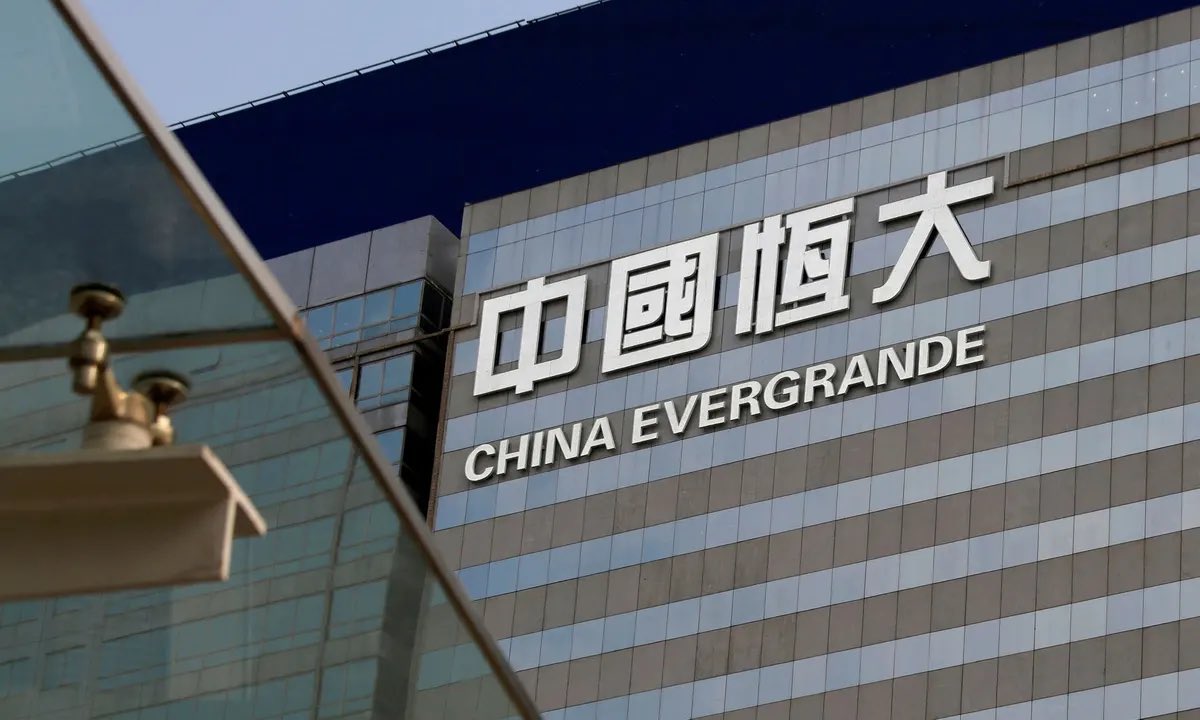
Spaced Repetition is a proven method for enhanced learning and retention.
Here's how you can use it to learn smarter and faster:
Here's how you can use it to learn smarter and faster:
1/ Last weekend, I shared a thread with a 5-step framework for improving your learning retention.
Step 5 was "Idea Exercise”—the concept of "flexing" an idea to commit it to memory.
This thread breaks down a highly-effective, science-backed approach to exercising new ideas:
Step 5 was "Idea Exercise”—the concept of "flexing" an idea to commit it to memory.
This thread breaks down a highly-effective, science-backed approach to exercising new ideas:
https://twitter.com/sahilbloom/status/1439216124932001796
2/ Spaced Repetition is a learning method in which information is consumed at increasing intervals until it's committed to long-term memory.
It leverages cognitive science—the way our brains work to convert short-term to long-term memory—to help you retain new information.
It leverages cognitive science—the way our brains work to convert short-term to long-term memory—to help you retain new information.
3/ Here's how it works:
Let's say you're trying to learn some facts about Apple—its history, segments, etc.
If this was for a college exam, you'd probably do this the "old fashioned way”—down some espresso, cram it into your mind, and hope you remember it for the test tomorrow.
Let's say you're trying to learn some facts about Apple—its history, segments, etc.
If this was for a college exam, you'd probably do this the "old fashioned way”—down some espresso, cram it into your mind, and hope you remember it for the test tomorrow.
4/ The problem: you're not in college anymore, and you want this learning for life, not for some one-off exam.
You want this to stick.
So instead of the old way, you go with the new way—Spaced Repetition.
The process would look something like this:
You want this to stick.
So instead of the old way, you go with the new way—Spaced Repetition.
The process would look something like this:
5/ You first consume the new information at 8am.
Now you start repetitions:
• Rep 1: 9am (1 hr later)
• Rep 2: 12pm (3 hrs later)
• Rep 3: 6pm (6 hrs later)
• Rep 4: 6am (12 hrs later)
• and so on...
The memory is reinforced at increasing intervals.
Now you start repetitions:
• Rep 1: 9am (1 hr later)
• Rep 2: 12pm (3 hrs later)
• Rep 3: 6pm (6 hrs later)
• Rep 4: 6am (12 hrs later)
• and so on...
The memory is reinforced at increasing intervals.
6/ Why does this work?
In simple terms, you can think of your brain as a muscle—each repetition is a "flex" of that muscle.
By steadily increasing the intervals, you are pushing the muscle with steadily more challenging loads.
You're forcing the retention muscle to grow.
In simple terms, you can think of your brain as a muscle—each repetition is a "flex" of that muscle.
By steadily increasing the intervals, you are pushing the muscle with steadily more challenging loads.
You're forcing the retention muscle to grow.
7/ The science behind Spaced Repetition is fascinating.
Hermann Ebbinghaus—a German psychologist—was the first to identify its effect on retention.
In 1885, he published Memory: A Contribution to Experimental Psychology, which became a groundbreaking work for the field.
Hermann Ebbinghaus—a German psychologist—was the first to identify its effect on retention.
In 1885, he published Memory: A Contribution to Experimental Psychology, which became a groundbreaking work for the field.

8/ In this work, Ebbinghaus discussed his most famous finding: the Ebbinghaus Forgetting Curve (EFC for short).
The EFC maps the exponential loss of newly-learned information—it's sharp in the first 20 minutes, significant through an hour, and then levels off after a day.
The EFC maps the exponential loss of newly-learned information—it's sharp in the first 20 minutes, significant through an hour, and then levels off after a day.

9/ Ebbinghaus observed that each time the newly-learned information was reviewed, the EFC was essentially "reset" at the starting point, but with a slower decay curve.
This is important!
Spaced Repetitions had the effect of flattening the memory retention decay curve.
This is important!
Spaced Repetitions had the effect of flattening the memory retention decay curve.

10/ Understanding the theory and science is key, but you need to put Spaced Repetition into action to adapt its use case for your purposes.
I plug it directly into my learning retention framework as part of "idea exercise”—give it a shot and see how it works for you.
I plug it directly into my learning retention framework as part of "idea exercise”—give it a shot and see how it works for you.
https://twitter.com/sahilbloom/status/1439216128509845505
11/ To summarize, Spaced Repetition is a powerful, science-backed learning and retention method.
To use it, try reviewing newly-learned information at increasing spaced intervals until it's committed to long-term memory.
Think of it as "idea exercise" at its finest!
To use it, try reviewing newly-learned information at increasing spaced intervals until it's committed to long-term memory.
Think of it as "idea exercise" at its finest!
I will be doing a deep-dive on my learning and retention framework in my upcoming newsletter piece this week.
Subscribe today so you don’t miss it: sahilbloom.substack.com
Subscribe today so you don’t miss it: sahilbloom.substack.com
Follow me @SahilBloom for threads on frameworks & more.
If you are a job seeker aiming to leverage improved retention skills in your career, check out my job board, where I curate roles at high-growth companies in finance and tech.
New roles every week! pallet.xyz/list/sahil/jobs
If you are a job seeker aiming to leverage improved retention skills in your career, check out my job board, where I curate roles at high-growth companies in finance and tech.
New roles every week! pallet.xyz/list/sahil/jobs
• • •
Missing some Tweet in this thread? You can try to
force a refresh










